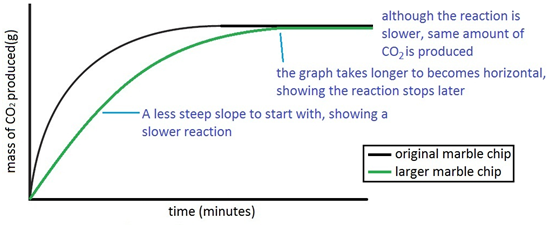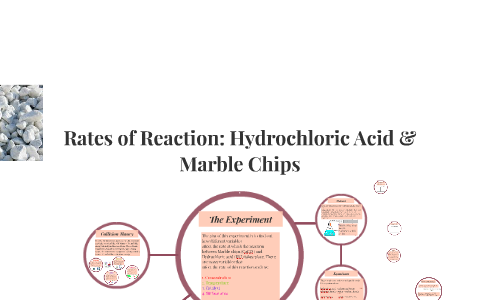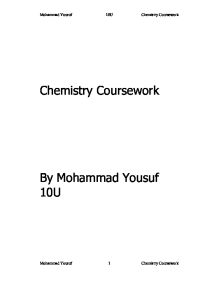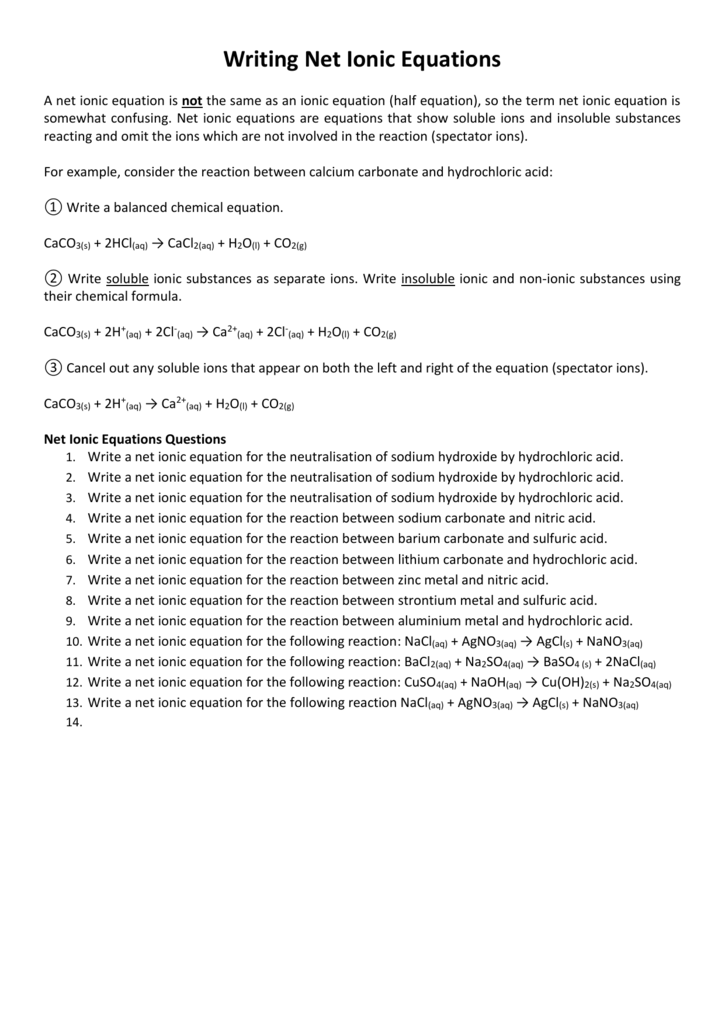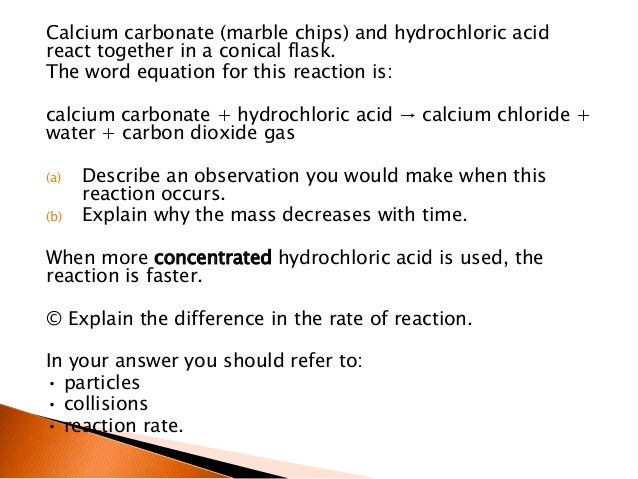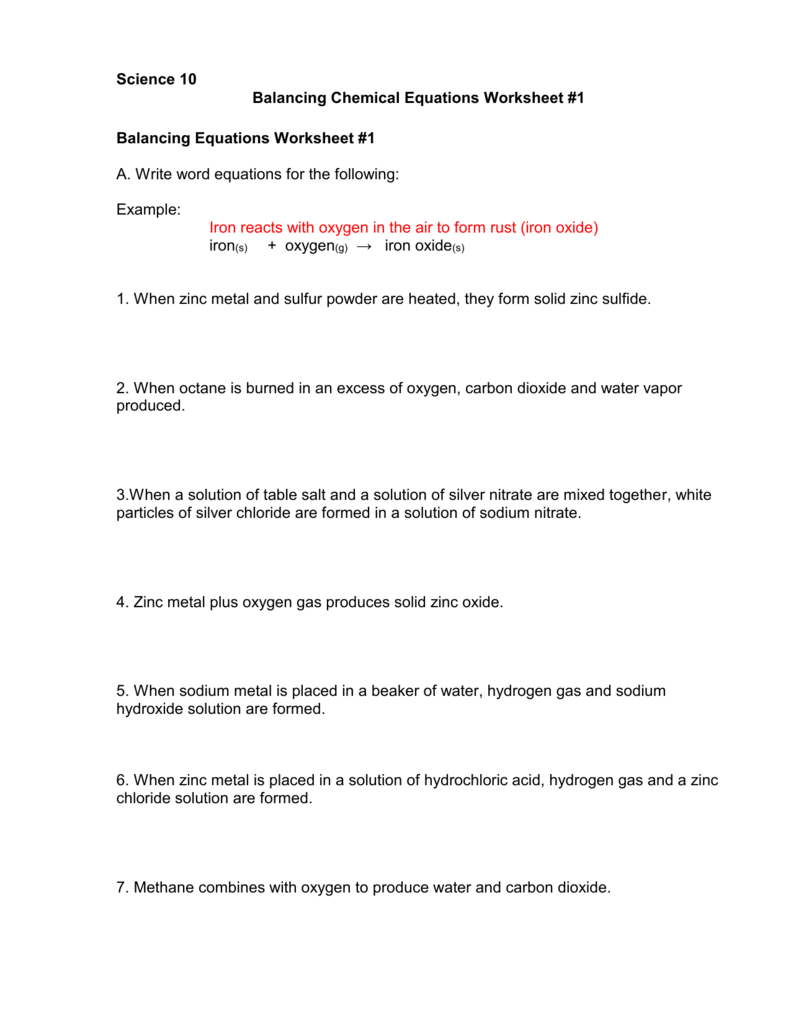Marble And Hydrochloric Acid Equation

This experiment is to show how much carbon dioxide is produced during the reaction between an acid hydrochloric acid and marble.
Marble and hydrochloric acid equation. The combined reactants have a higher chemical potential than the combined products i e. Caco3 2hcl cacl2 h2co3. Acids carbonates salts carbon dioxide water marble is caco3 2hcl caco3 cacl2 co2 h2o. Caco3 s 2hcl dt.
D l2 aq h2o l co2 g the student used the apparatus shown in the. Marble is crystalized caco3. Caco3 2hcl cacl2 h2o co2. The overall reaction is 2hcl caco3 cacl2 co2 h2o.
Being alkaline it reacts with hydrochloric acid to produce calcium chloride water and carbon dioxide. Marble chips react with dilute hydrochloric acid to produce carbon dioxide gas. The reaction takes place spontaneously. Caco3 hcl cacl2 co2 h2o to balance chemical equations we need to look at each element individually on both sides of the equation.
Marble is mostly made up of calcium carbonate which is caco3. Hydrochloric acid is hcl. The rate of this reaction can be changed by changing the size of the marble chips. H2co3 decomposes easily into h2o and co2 so the equation is.
The combined reactants have a higher chemical potential than the combined products i e. Pieces of marble are thrown into hydro chloric acid. Calcium carbonate is dissolved by hydrochloric acid thereby forming gaseous carbon dioxide. The reaction can be represented by this equation.
A student investigated the rate of reaction between marble and hydrochloric acid. Hydrochloric acid 20ml 0 5m 1m 2m marble chips 2g per test large measuring cylinder plastic bowl 3 4 full of water rubber tubing glass conical flask stopwatch method. Marble chips are mostly made up of calcium carbonate which is a alkaline compound. The student used an excess of marble.
A strong effervescence can be observed. Calcium carbonate is dissolved by hydrochloric acid thereby forming gaseous carbon dioxide. The reaction takes place spontaneously.





